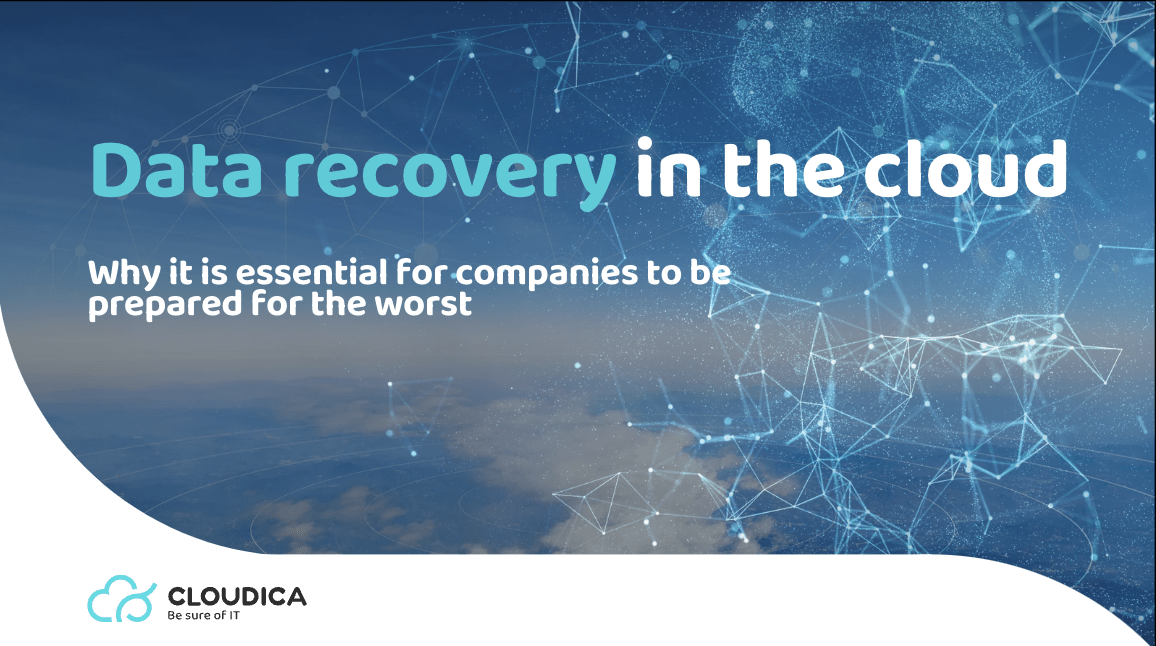In today’s fast-paced business world, data is the lifeblood of any organization. But what happens when that data is lost or corrupted due to a natural disaster, cyberattack, or human error? A robust backup and disaster recovery plan is essential to ensure that your company’s critical data is protected and can be quickly and easily restored in the event of an emergency.
A cloud-based backup and disaster recovery plan is the most effective way to safeguard your business’s data and ensure the continuity of operations.
The Importance of Backup and Disaster Recovery
A company’s overall cybersecurity strategy must include a backup and disaster recovery plan. In the event of a disaster, being able to quickly and easily restore data can make the difference between a small inconvenience and a huge loss for a business. Without a plan in place, a disaster can result in lost revenue, reputational damage, and even the permanent loss of critical data.
The traditional approach to backup and disaster recovery involved maintaining an on-premises backup system. While this method can still be effective, it also poses some significant challenges. On-premises backups can be hard to keep up with and take a lot of time and work. They also require a lot of IT resources to manage. Also, data stored on-site could be affected by the same disasters that could affect the main systems.
The Benefits of Cloud-Based Backup and Disaster Recovery
A cloud-based backup and disaster recovery plan has many advantages over traditional solutions that are kept on-site. First, cloud-based backups are typically automated, which means that they require less manual intervention and can be done more frequently. This makes sure that data is backed up more often, which makes it less likely that data will be lost in a disaster.
One of the best things about cloud-based backup and disaster recovery is that the data is kept away from the main systems and in a different place. This means that it is protected against the same types of disasters that might affect the primary systems, such as fires, floods, or earthquakes. Also, cloud-based backups are usually kept in data centers with a high level of security, which adds another layer of protection against cyberattacks.
Cloud-based backup and disaster recovery also provide greater flexibility in terms of recovery options. In case of a disaster, businesses can choose to restore data to their main systems or to a virtual machine in the cloud. This allows companies to get back to business quickly and minimizes downtime.
Another advantage of cloud-based backup and disaster recovery is scalability. As your business grows, so does your data, and with cloud-based backups, you can easily scale your storage to meet the growing needs of your business. This gets rid of the need to buy expensive storage solutions on-site, which can be hard to manage and keep up.
Last but not least, cloud-based backup and disaster recovery are cost-effective. Because a third-party provider stores and maintains the backups, businesses can avoid the large costs that come with keeping an on-premises backup system running.
Conclusion
Any business that wants to protect its important data and keep operations going must have a cloud-based backup and disaster recovery plan. With automated backups, off-site storage, flexible recovery options, scalability, and cost-effectiveness, a cloud-based solution offers a number of benefits over traditional on-premises solutions. So, it is important to consider a cloud-based backup and disaster recovery plan for your business.
Cloudica offers data recovery and backup services on the cloud. We offer a range of solutions to ensure that your business’s critical data is protected and can be quickly and easily restored in the event of an emergency. Our services include automated cloud-based backups, disaster recovery planning, and on-cloud data storage in highly secure data centers. Our team can work with you to create a customized solution that fits the specific needs of your business, and can scale with your company’s growth. In addition, we offer 24/7 support to ensure that your data is always protected and your business can continue to operate smoothly.




